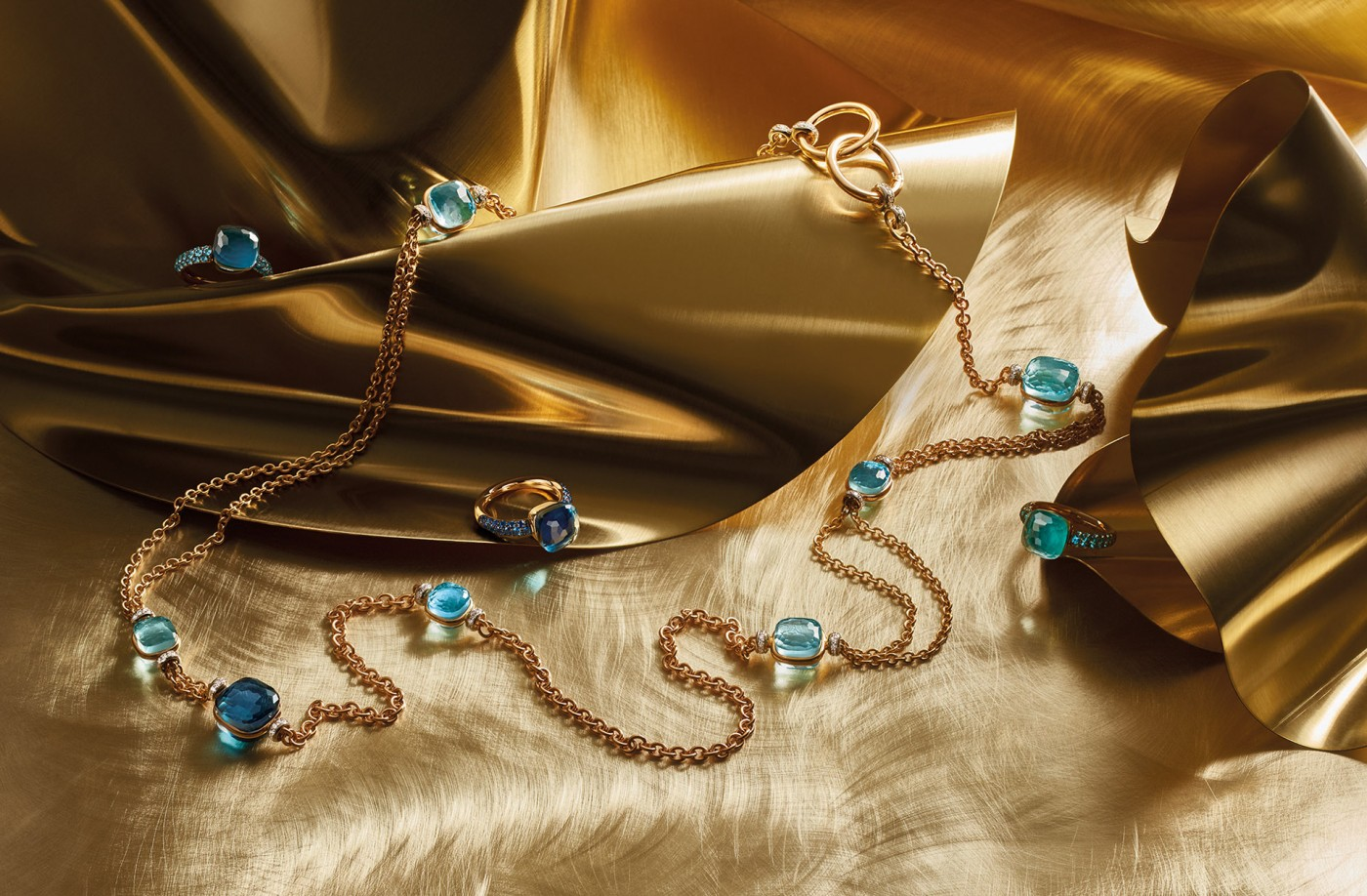In the global world of “Jewelry”, beauty is only the surface. Behind every polished bracelet, every radiant pair of earrings, and every precisely cut pendant lies a complex system that determines whether a product truly meets market expectations. For retailers and brand owners, the challenge is not simply choosing a design that sells—it’s selecting a sourcing partner capable of delivering consistent quality, transparent materials, competitive pricing, and reliable timelines.
Most buyers enter the jewelry category believing it is all about aesthetics. But seasoned professionals know the deeper truth: success comes from understanding the unseen mechanisms that govern supply chains, production standards, and quality control. To make smart purchasing decisions, it’s essential to see beyond the sparkle.
The Real Pain Points Buyers Encounter—And Why Many Miss Them
Even experienced importers often fall into predictable pitfalls when entering the jewelry category:
1. Misleading Material Descriptions
Labels such as “18K gold-plated,” “stainless steel,” or “S925” sometimes hide discrepancies. Without material verification, buyers risk receiving items that fade quickly, trigger allergies, or fail European and U.S. compliance checks.
2. Inconsistent Craftsmanship
Even within the same batch, differences in polishing techniques, stone setting, or plating thickness can significantly affect product value. A single poorly finished item can lead to customer complaints and returns.
3. Limited Supply Stability
Many jewelry manufacturers offer attractive samples but struggle with large-scale consistency. Seasonal demand peaks—especially during holidays—often reveal weaknesses in production capacity.
4. Quality Control Blind Spots
Jewelry is small in size but high in defect sensitivity. Tiny flaws that are invisible in factory photos become glaring issues when customers unbox them.
Understanding these pain points is the foundation for choosing a reliable sourcing pathway.
What Defines “Good Quality” Jewelry? A Professional Buyer’s Perspective
Instead of broad checklists, the industry relies on a few technical indicators:
Material Purity and Verifiable Composition
Authentic stainless steel (particularly 316L) resists rust and allergic reactions. True S925 silver should have consistent markings and pass metal-content tests. The value of a jewelry piece begins with its material truth.
Plating Technology and Thickness
IP plating, vacuum plating, and multi-layer electroplating all result in different durability levels. Higher-end jewelry requires precise plating thickness to ensure longevity and brilliance.
Stone Stability and Mounting Accuracy
The difference between mass-market jewelry and premium-level pieces often lies in stone setting. A secure mount, clean alignment, and absence of excess adhesives are essential signs of quality craftsmanship.
Finishing Standards
Smooth edges, refined polishing, and consistent color tones are non-negotiable. These elements determine whether the final product feels luxurious or cheap.
So—How Should Buyers Select a Jewelry Sourcing Partner?
Rather than choosing based solely on product images or price lists, professional buyers evaluate sourcing partners by their system strength.
1. Transparency in Materials and Processes
Reliable suppliers willingly provide test reports, material certificates, and compliance documentation. Lack of openness is the biggest early warning sign.
2. Ability to Maintain Consistency at Scale
Sampling is easy—consistent mass production is not. A trustworthy partner demonstrates stable workflows, trained craftsmen, and established quality checkpoints.
3. Product Range That Reflects Market Awareness
A supplier with outdated designs or limited collections usually lacks exposure to global trends. Modern buyers expect trend-driven categories: minimalist, European-style luxury, stainless-steel everyday wear, gemstone collections, and more.
4. Customized Branding and Packaging
Private-label brands rely on visual identity. A sourcing partner who can manage engraving, bespoke packaging, or custom molds adds direct commercial value.
Where a Professional Sourcing Group Changes the Entire Equation
Working directly with factories can work for small projects—but once a brand grows, relying on a single factory often becomes a bottleneck. This is where a full-spectrum sourcing group provides unmatched advantages.
With access to major manufacturing clusters such as Yiwu, Guangzhou, Foshan, and broad global buyer networks, “Market Union”offers capabilities that traditional suppliers cannot match:
- Multi-region sourcing for different jewelry categories
- Material verification and compliance evaluation
- On-site product inspections and strict quality control
- Trend-based product development
- Packaging design and branding support
- Logistics coordination, shipping consolidation, and after-sales service
This integrated ecosystem helps buyers eliminate risk, avoid inconsistent batches, and scale their product lines with confidence.
Understanding Jewelry as a Global Business—Not Just a Fashion Category
Consumers often view jewelry emotionally—an expression of identity or style. But retailers and importers must view it as a sophisticated product category with technical layers. The best-performing jewelry brands succeed not because they choose the most beautiful designs, but because they choose suppliers who understand durability, compliance, plating science, production capacity, and trend cycles.
The right sourcing partner transforms jewelry from a risky, detail-sensitive category into a stable, profitable, and predictable business.
Conclusion: Building a Jewelry Supply Chain That Lasts
In the world of “Jewelry”, aesthetics may be the first impression, but quality, reliability, and supply-chain discipline shape long-term success. Choosing a trustworthy sourcing partner is not an optional strategy—it is the foundation of a sustainable jewelry business.
For global buyers seeking dependable procurement support, product development, and verified supplier networks, “Market Union”provides a comprehensive sourcing ecosystem designed to protect quality, manage risk, and unlock growth.
To learn more or explore jewelry sourcing solutions, visit:https://www.marketunion.com/
 Women Activewear
Women Activewear
 Men Activewear
Men Activewear
 Men Outdoor Apparel
Men Outdoor Apparel
 Women Outdoor Apparel
Women Outdoor Apparel
 Team Sports
Team Sports
 Sports Shaper & Sports Safety
Sports Shaper & Sports Safety
 Camping & Hiking
Camping & Hiking
 Boxing Fighting & Dance Gymnastics
Boxing Fighting & Dance Gymnastics
 Game Room & Backyard
Game Room & Backyard
 Swimming & Beach
Swimming & Beach
 Sports & Outdoor Accessories
Sports & Outdoor Accessories
 Cycling
Cycling
 Winter Sports
Winter Sports
 Racquet Sports
Racquet Sports
 Water Sports
Water Sports
 Hunting
Hunting
 Fitness
Fitness
 Fishing
Fishing












































